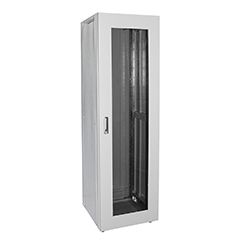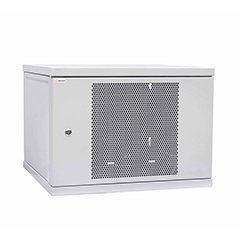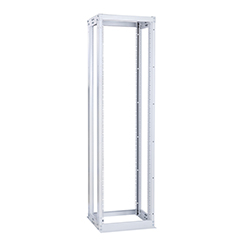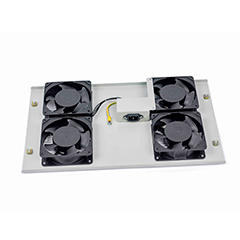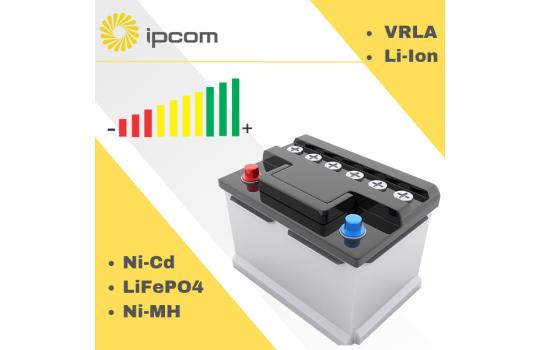When it comes to securing your video surveillance system, the foundation starts with the right enclosure. At IPCOM we understand the importance of protecting sensitive equipment like recorders and network video systems. Our range of vandal proof boxes — designed for both DVR and NVR systems — offers durable protection, optimized cooling and thoughtful design for professional security installations.
Why Choose a NVR / DVR Lockbox for Your Video Surveillance System
A DVR lockbox or NVR lockbox does more than simply “contain” your recorder. It’s a protective shield. In professional CCTV setups — whether in retail, corporate, or critical infrastructure — your video recorder is one of the most valuable components for evidence, continuity and system integrity.
Protecting Against Tampering and Vandalism
Enclosures such as vandal proof boxes are engineered with reinforcement in mind. A heavy gauge metal body, secure lock mechanism and hidden hinges keep your recorder safe from unauthorized access. A security camera DVR lock box ensures your footage remains intact — no open panels, no exposed cables.
Key Features of IPCOM Lockboxes
Durability and Security
IPCOM lockboxes come built with heavy-duty sheet steel, powder-coated finishes and anti-vandal construction. Whether you need a lock box for NVR or a combined NVR DVR lockbox, each product is designed to meet professional standards.
Flexible Mounting Options
In many installations space is at a premium. Choose from wall-mount versions that save floor space, or rack-compatible variants. Cable entrances, internal shelves and lockable doors make installation cleaner and faster.
Compatibility and Practicality
Regardless of your recorder type — DVR or NVR — IPCOM supports both. Terms like "DVR lockbox", "NVR lockbox" and "CCTV DVR lock box" reflect our compatibility across analog, IP and hybrid systems. Each enclosure adapts to your workflow — whether in shops, public buildings or industrial sites.
How to Choose the Right DVR or NVR Lockbox
Selecting a lockbox isn’t just about picking the first model — it’s about matching your system requirements. Here’s how to narrow your options:
Consider Size and Recorder Type
- Start with the dimensions of your device — ensure enough space for cabling and airflow.
- For mission-critical systems select professional models with adequate clearance rather than DIY solutions.
Mounting and Access
- Wall-mounted solutions save space and ease maintenance; verify ratings and accessibility.
- For rack environments ensure front-door clearances and ventilation match the load.
Durability and Protection Level
In high-risk locations (public areas, unsupervised sites) use vandal proof boxes or security camera DVR lock box models with reinforced doors, anti-pry features and tamper indicators. It’s not just a box — it’s a secure shield.
Future-proofing and Compatibility
Your CCTV system may evolve — you might upgrade to higher channel counts or integrate 4K IP recorders. Investing in an enclosure with flexible mounting and proper airflow now prevents costly replacements later.
Buy NVR / DVR Lockboxes at IPCOM
Ready to secure your CCTV infrastructure? At IPCOM you’ll find a wide range of lockboxes: from "DVR lockbox" and "NVR lockbox" to specialized options like "DVR lock box wall mount". Each product is backed by manufacturing expertise and designed for professional installation.
Browse our full catalog and find the right enclosure for your system. Whether you're safeguarding a retail shop, an office rack or a public infrastructure site, IPCOM has a solution.
Summary
In video surveillance setups the recorder may be out of sight — but it must never be out of mind. A reliable DVR/NVR lockbox is the cornerstone of system security, protecting from overheating, tampering and operational downtime. Choose reliable models, secure mounts and heavy-duty construction to ensure lasting performance. With IPCOM’s lockboxes and enclosures, your CCTV system isn’t just installed — it’s fortified.
Secure your recorder. Secure your data. Choose IPCOM.
























